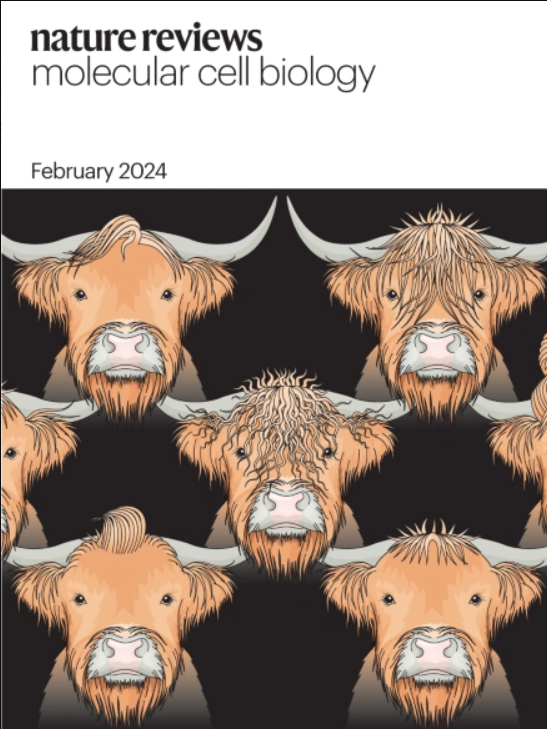Key challenges and recommendations for defining organelle membrane contact sites
IF 90.2
1区 生物学
Q1 CELL BIOLOGY
引用次数: 0
Abstract
Intracellular membrane contact sites (MCSs) between organelles have crucial roles in cellular signalling and homeostasis. These sites, which are often disrupted in pathological conditions, enable the exchange of ions, lipids and metabolites between membrane-bound compartments, helping cells adapt to varying physiological conditions. Specific tether proteins and complexes stabilize these interactions and mediate responses to different intracellular or extracellular stimuli. The study of MCSs has progressed in recent years, owing to the development of new methods such as genetically encoded reporter constructs, advanced imaging techniques, including super-resolution microscopy and electron tomography, and proteomic approaches based on mass spectrometry. These tools have enabled unprecedented visualization and quantification of organelle interactions, as well as identification of the molecular players involved. This Expert Recommendation aims to define and map the ‘organelle contactome’, describing key proteins involved in contact site formation and the roles of MCSs in cellular function. We also explore contact site dynamics and detail advantages and disadvantages of the methodologies for studying them. Importantly, we consolidate open questions in contact site research and discuss challenges and limitations of the current experimental approaches. Membrane contact sites between organelles facilitate the exchange of ions, lipids and metabolites. This Expert Recommendation highlights recent advances in defining the organelle contactome and discusses challenges and future directions in membrane contact site research.

定义细胞器膜接触部位的主要挑战和建议。
细胞器之间的细胞膜接触位点(MCSs)在细胞信号传导和稳态中起着至关重要的作用。这些位点在病理条件下经常被破坏,使离子、脂质和代谢物在膜结合室之间交换,帮助细胞适应不同的生理条件。特定的系绳蛋白和复合物稳定这些相互作用,并介导对不同细胞内或细胞外刺激的反应。近年来,由于新方法的发展,如遗传编码报告结构,先进的成像技术,包括超分辨率显微镜和电子断层扫描,以及基于质谱的蛋白质组学方法,mcs的研究取得了进展。这些工具使得前所未有的细胞器相互作用的可视化和量化,以及分子参与者的识别成为可能。本专家建议旨在定义和绘制“细胞器接触组”,描述参与接触位点形成的关键蛋白质和MCSs在细胞功能中的作用。我们还探讨了接触点动力学,并详细介绍了研究它们的方法的优缺点。重要的是,我们整合了接触点研究中的开放性问题,并讨论了当前实验方法的挑战和局限性。
本文章由计算机程序翻译,如有差异,请以英文原文为准。
求助全文
约1分钟内获得全文
求助全文
来源期刊
CiteScore
173.60
自引率
0.50%
发文量
118
审稿时长
6-12 weeks
期刊介绍:
Nature Reviews Molecular Cell Biology is a prestigious journal that aims to be the primary source of reviews and commentaries for the scientific communities it serves. The journal strives to publish articles that are authoritative, accessible, and enriched with easily understandable figures, tables, and other display items. The goal is to provide an unparalleled service to authors, referees, and readers, and the journal works diligently to maximize the usefulness and impact of each article. Nature Reviews Molecular Cell Biology publishes a variety of article types, including Reviews, Perspectives, Comments, and Research Highlights, all of which are relevant to molecular and cell biologists. The journal's broad scope ensures that the articles it publishes reach the widest possible audience.

 求助内容:
求助内容: 应助结果提醒方式:
应助结果提醒方式:


